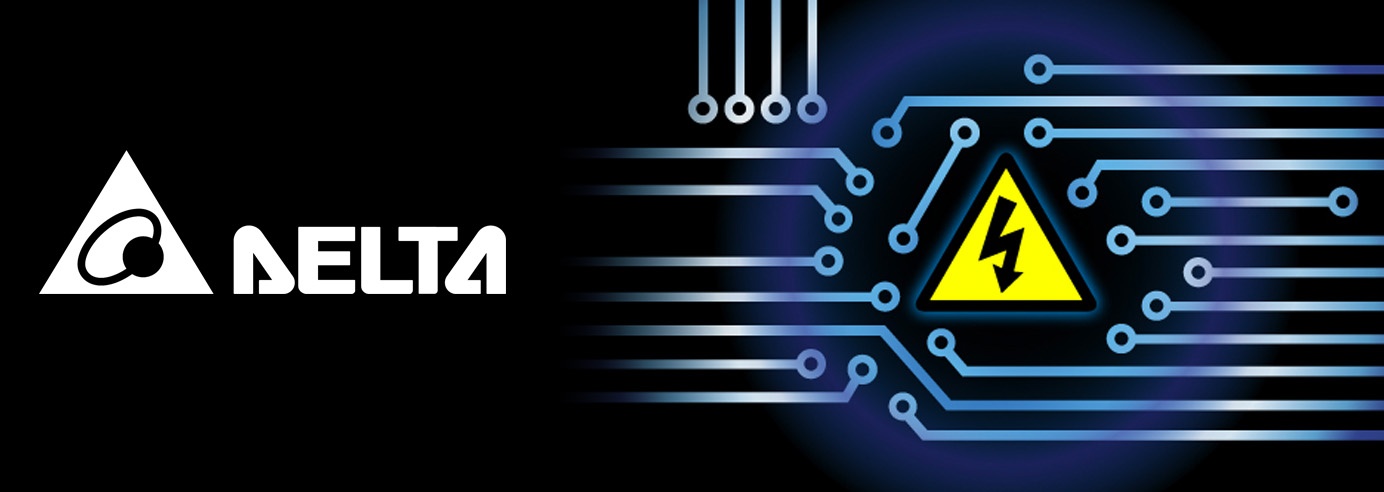DC-UPS is an Alternative Solution for Power Disruption and Shutdown Problem
Power disruption and shutdown can be very annoying and may even be costly at times. There are various methods to maintain zero down time for a system like adding backup powers by using generators or adding Uninterruptible Power Supply (UPS). The choice of UPS depends largely on the power requirement of the system. One should look for an economical solution instead of simply using an AC-UPS which could be too bulky and expensive for a small to medium DC applicable loading. In such case, a DC-UPS would be a simpler, more efficient and cheaper option for the user.
What Does an AC-UPS System Look Like?
A typical AC-UPS system will look like Figure 1 below. The figure shows an AC-UPS which comprises of an AC-DC converter and a DC-AC inverter connected to a battery then to an AC-DC power supply with the load.
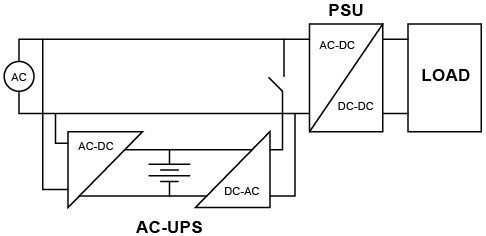
Figure 1. Basic AC-UPS block diagram
Needless to say such setup is excessive thus less efficient since the AC-DC converter for battery charging and DC-AC inverter for downstream converter within the AC-UPS will reduce the overall efficiency of the system while also adding unnecessary bulk and cost.
Basic Design Concept of DC-UPS
A DC-UPS uses the battery charging current from the existing power supply unit (PSU). As shown in Figure 2 below, the DC-UPS block diagram has AC-DC PSU + DC-UPS + Battery. When the AC-DC PSU is operating, the DC-UPS uses the charging current from the PSU and this charging current is controlled internally in DC-UPS max 2A ± 1A. As a result, the battery is charged with a controlled current.
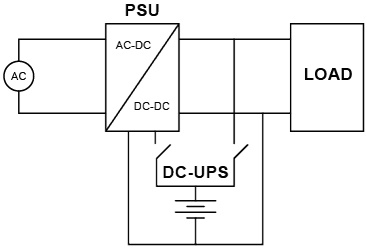
Once the battery is fully charged and the AC supply is unavailable or turned off, the battery can supply the required current for the load depending on the AH (ampere hour) capacity of the battery used.
Delta DC-UPS Product Overview
DRU-24V40ABN is the first model from the Delta DC-UPS family. The product intends to provide simplicity, efficiency and cost competitiveness for a general purpose 24V PSU. With a high current rating for the semiconductor switch used, the DC-UPS can support 40A continuous current for the load and is suitable for use with high AH SLA battery (up to 15AH max). Constant current (CC) charging function with no interference (EMI-free) for Delta’s DRU 24V40ABN DC-UPS can prolong battery and emits no electromagnetic noise during charging mode.
The product can charge single 24V or 2-series 12V SLA battery and can be used with all power supplies that have output voltage adjustable up to 28V in order to ensure a fully charged battery to provide backup. All Delta PSU (CliQ series) have output voltage adjustable up to 28V which are suitable for use with DRU-24V40ABN.During buffering mode (AC OFF), the semiconductor switch of DRU-24V40ABN provides a much faster response when compares to mechanical switch. A faster response means a faster change over (ideally zero time) in micro seconds from interrupted power source to battery for a more reliable continuing system operation and arcing-free process for a better product health. See the product in Figure 3.
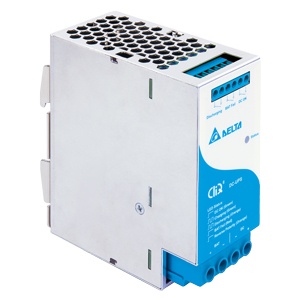
Figure 3. DRU-24V40ABN Delta DC-UPS
Signals, Functions and Connectivity of Delta’s DRU-24V40ABN DC-UPS:
Delta’s DRU-24V40ABN DC-UPS comes with potential free contacts (relay terminals) and LED indicators to provide user with real-time operation status including charging and buffering. Isolated signals from DRU-24V40ABN help to prevent galvanic connection with external system. Figure 4. below provides the signal conditions and LED status definitions of the product.
Signals Wiring Diagram
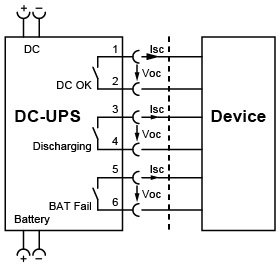 Figure 4. Relay signals and LED status of DRU-24V40ABN
Figure 4. Relay signals and LED status of DRU-24V40ABN
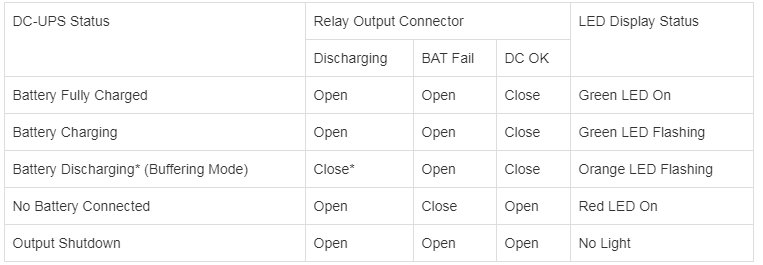
*With output current 3A to 40A.
How to Configure Delta DC-UPS
Configuring or connecting DRU-24V40ABN to PSU, battery and a system is very simple. There are various possibilities of connection. Following are two simple methods.
1. For single PSU application, see Figure 5. below.
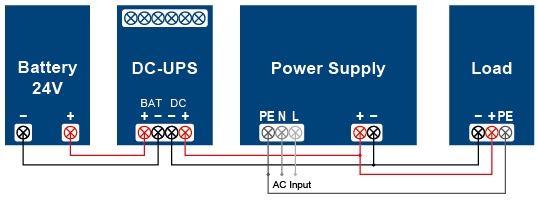 Figure 5. Single PSU applications with DRU-24V40ABN
Figure 5. Single PSU applications with DRU-24V40ABN
2. Further connection with redundancy PSU application, see Figure 6. below.

Figure 6. Redundancy PSU applications with DRU-24V40ABN
As mentioned earlier, Delta’s DRU-24V40ABN DC-UPS will charge SLA battery during AC ON with output voltage of PSU adjusted to 28V (if the voltage setting is lower, then the battery will not charge to full capacity). The product will switch to battery for load when AC power source is turned off or fails to operate. The DRU-24V40ABN features battery low voltage cut off protection and protection from battery deep discharge to prolong the battery’s functional life.
DRU-24V40ABN has a wide operating temperature from -20°C to 60°C without any power de-rating and covers SLA battery operation/ application range of 0°C to 35°C. Delta DC-UPS can support any SLA battery manufacturer without any operating trade-offs and with no electrolytic capacitor designed into it, the DRU-24V40ABN provides relatively longer reliability.
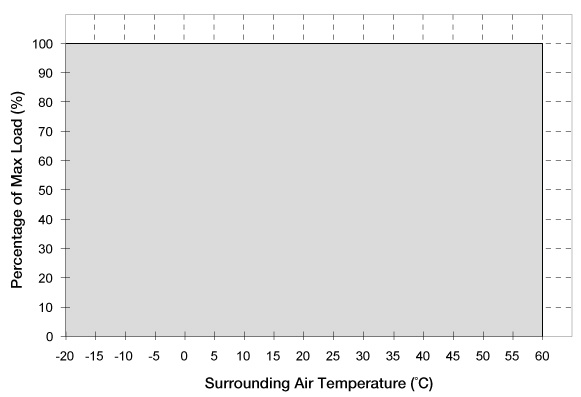
Figure 7. Load usage VS ambient curve of DRU-24V40ABN
Delta DC-UPS Applications
Delta DC-UPS are designed to provide backed up DC power to a variety of applications. Below are some typical examples:
- IT – Data center
- Industry – automation process, hydraulic, pneumatic, sensors
- Building Automation – home automation controller, automatic doors, elevator, escalator, HVAC
- Process Controls – SCADA, Remote Terminal Units (RTU)
- Security – security system, access control, alarm system
For further information please contact one of our Application Engineers or check out our Delta Product range
